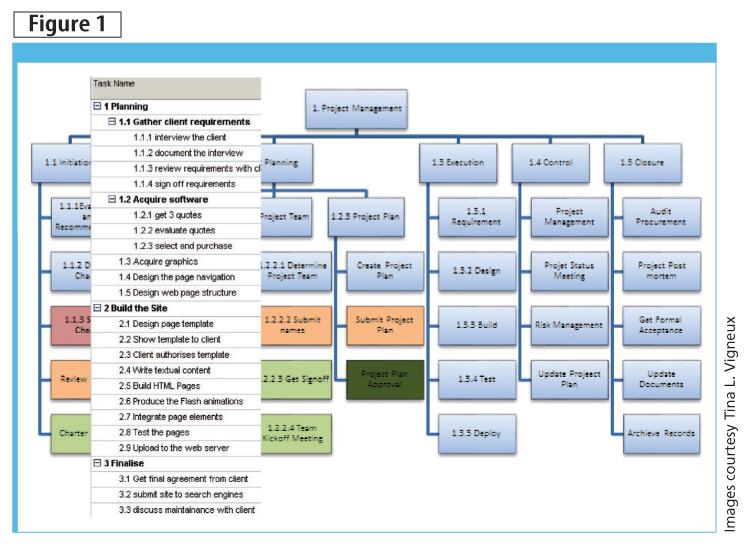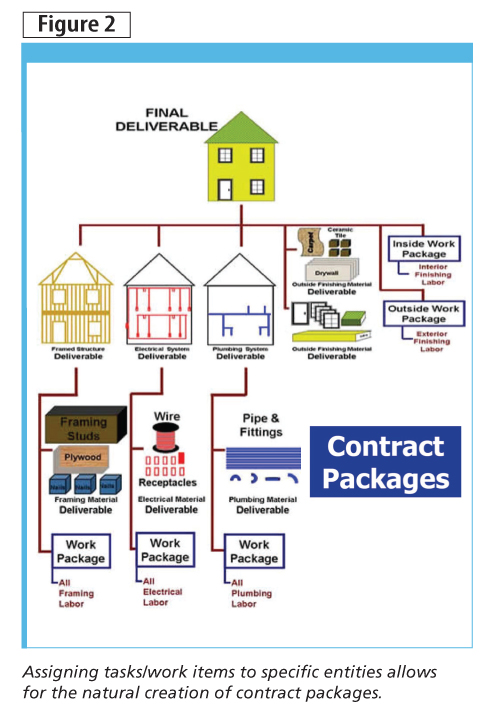Staying street SMART with project management

By Tina Vigneux, PMP
One’s ability to successfully manage a design/construction project, especially large-scale ones, requires understanding more than just the technical aspects of the work involved. A project manager’s job is to assist with the human side of a project’s organization. From mitigating to effects of politics on decision-making to keeping all the stakeholders in touch with each other, and motivated to succeed.

Projects are executed by many people with many conflicting interests. At the same time, it is still a project with a scope to define, scarce resources, and limited time. This article was written to provide guidance and knowledge towards introducing Project Management skills in the workplace.
Breaking down the SMART acronym
The implementation of SMART—specific, measurable, attainable, relevant, and time-based—project management is critical for success. Project managers handle every aspect of a construction project from beginning to end, setting their objectives according to the principles described in this article.
Specific
A goal should be straightforward and emphasize what one is trying to accomplish. Being specific helps focus efforts and define what is necessary. Essentially, the specific goal is the ‘what,’ ‘why,’ and ‘how’ of the SMART model.
- what: outcome—the specific result/deliverable that can be put into place;
- why : purpose—the change expected by putting the deliverable in place;
- why: goal—the big-picture content or benefit; and
- how: inputs—tasks and resources needed to get there.
 Having a shared understanding of the common goal aligns the various sub-projects to the bigger picture, dramatically increasing the success rate.
Having a shared understanding of the common goal aligns the various sub-projects to the bigger picture, dramatically increasing the success rate.
Measurable
The concept of measurability stresses the need for clear, concrete criteria toward measuring progress—essentially, what does success look like and how will the team know when it gets there? Simply put, if you cannot measure it, you cannot manage it.
Many contractors put forth the effort during the tender process, but once awarded and execution begins, efforts are focused elsewhere. By measuring the progress throughout the project’s life, it allows the team to stay on track, reach target dates, and be driven forward by a feeling of accomplishment. A measureable goal will answers questions such as ‘how much,’ ‘how many,’ and ‘how will we know when we get there?’
Attainable
‘Attainable’ simply means whether a goal is realistic or reasonable. In other words, does the team have the manpower/resources to accomplish it? Any goal should stretch a team slightly, motivating it to achieve, and allowing for development of attitudes, abilities, skills, or financial capacities. Having an attainable goal answers the questions of how it can be accomplished, whether everyone is in agreement, and in what ways individual tasks can be assigned.
Realistic
In this case, the term ‘realistic’ means ‘doable’ with respect to fitting within the overall goals, strategies, and capabilities of an organization. Having a relevant goal requires answering ‘yes’ to the following questions: Does this seem worthwhile; is this the right time; does this match our other efforts/needs; and are we the right team for the job?
Time-based
The term ‘time-based’ stresses the importance of grounding goals within a time frame by setting a target date. Time must be measurable, attainable, and realistic. It outlines what the team should be doing and when.







